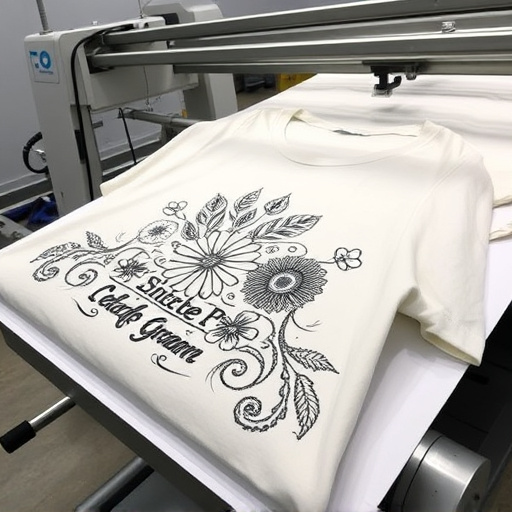AI tools are transforming competitive pricing strategies by analyzing data to predict consumer behavior and market trends, enabling businesses to set dynamic prices that maximize profits while staying competitive. This is especially impactful in niche markets like automotive detailing, where AI factors in resource costs and customer expectations for precise, high-quality services.
In today’s dynamic market, competitive pricing is a key strategy for business success. AI tools are revolutionizing how companies optimize their prices by leveraging data insights and automation. This article explores the evolving landscape of competitive pricing dynamics, delves into the role of AI in crafting data-driven strategies, and highlights the benefits of automating price optimization processes for enhanced profitability and market position.
- Understanding Competitive Pricing Dynamics
- AI Tools for Data-Driven Pricing Strategies
- Automating Price Optimization Processes
Understanding Competitive Pricing Dynamics

Competitive pricing dynamics are a complex web where businesses must constantly adapt to stay ahead. It involves monitoring market trends, analyzing competitors’ strategies, and understanding consumer behavior. In today’s digital era, AI tools have emerged as powerful allies in this quest for optimal pricing. By processing vast amounts of data, these technologies can identify patterns and insights that were once invisible to the human eye.
For instance, in industries like automotive detailing or even UV protection products with applications like paint protection film, AI algorithms can study historical sales data, seasonal variations, and regional differences to predict demand fluctuations. This predictive capability allows businesses to adjust their pricing strategies accordingly, ensuring they remain competitive while maximizing profits.
AI Tools for Data-Driven Pricing Strategies

AI tools are transforming the way businesses approach competitive pricing strategies by offering data-driven insights that were previously unimaginable. These advanced algorithms can analyze vast amounts of consumer behavior, market trends, and competitor pricing data to reveal patterns and opportunities that might otherwise go unnoticed. By leveraging this information, companies can set prices that not only cover costs but also maximize profits while remaining competitive.
For industries like window tinting and paint correction, where precision and quality vary among competitors, AI can act as a powerful equalizer. It enables businesses to offer ceramic window tinting services or advanced paint correction treatments at competitive rates by factoring in resource allocation, labor costs, and customer expectations. This data-backed approach ensures that pricing is dynamic and responsive to market changes, giving businesses an edge over their rivals without compromising on service quality.
Automating Price Optimization Processes

In today’s dynamic market, businesses are continually seeking ways to optimize their competitive pricing strategies. Artificial Intelligence (AI) tools have emerged as a game-changer in this domain by automating price optimization processes. These advanced algorithms can analyze vast amounts of data, including historical sales records, market trends, and even external factors like weather patterns or economic indicators. By leveraging machine learning capabilities, AI models predict consumer behavior, identify pricing gaps, and suggest optimal prices that maximize profits while remaining competitive.
One practical application of automated price optimization is seen in industries offering specialized services like custom vehicle wraps and car customization. AI can consider the costs of materials, labor, and market demand for specific designs, such as ceramic window tinting, to determine dynamic pricing that reflects both supply and customer willingness to pay. This ensures businesses stay ahead of the competition while maintaining profitability.
AI tools are revolutionizing competitive pricing optimization by providing data-driven insights and automating complex processes. Understanding competitive pricing dynamics is crucial, and AI enables businesses to make informed decisions based on real-time market analysis. By leveraging AI, companies can automate price optimization, ensuring they stay ahead in a dynamic market while offering competitive prices that drive customer satisfaction and profitability.














